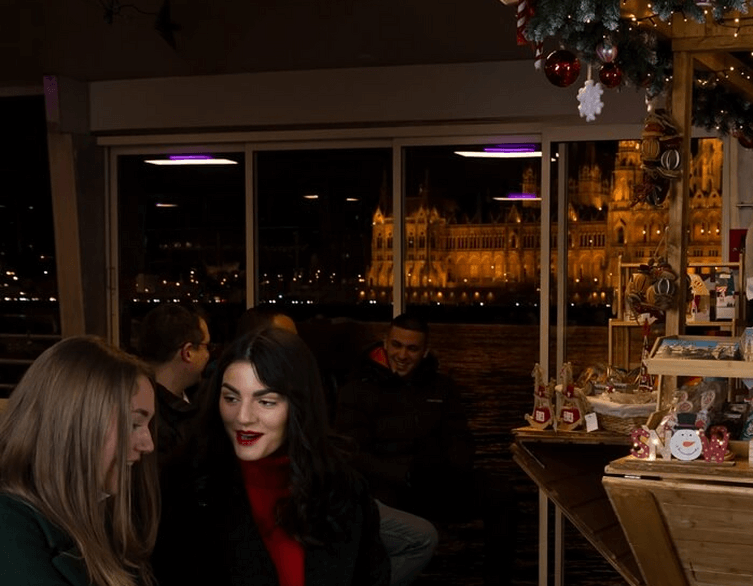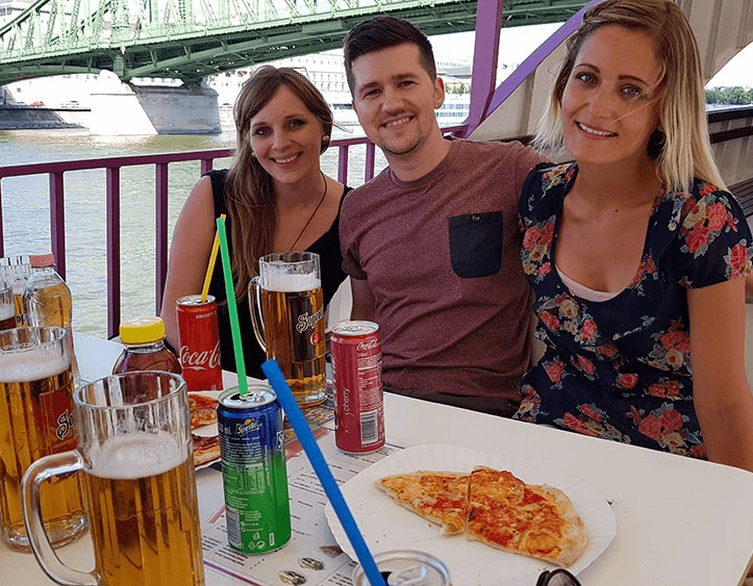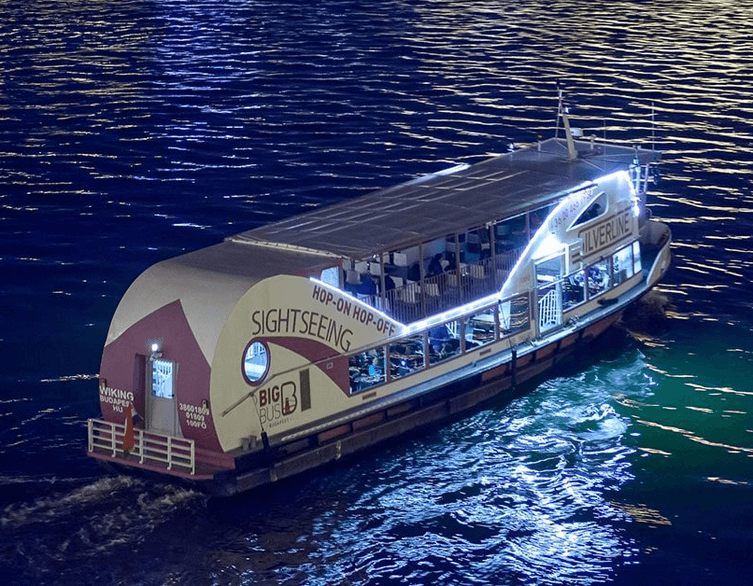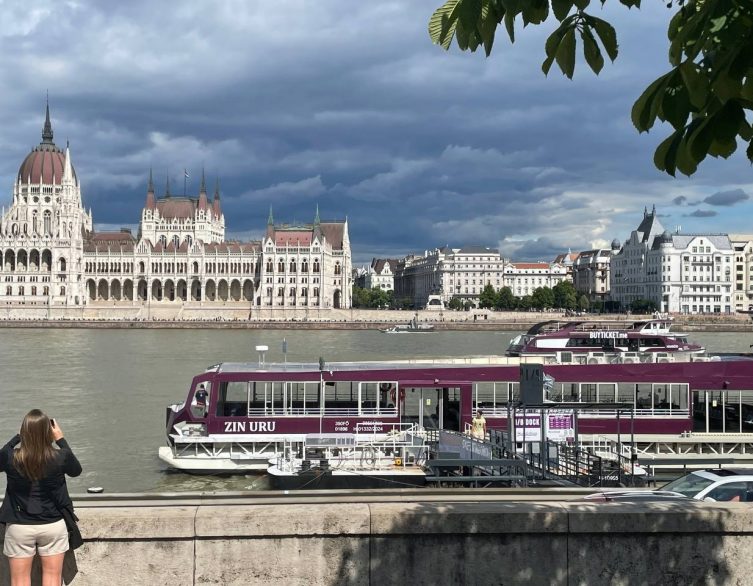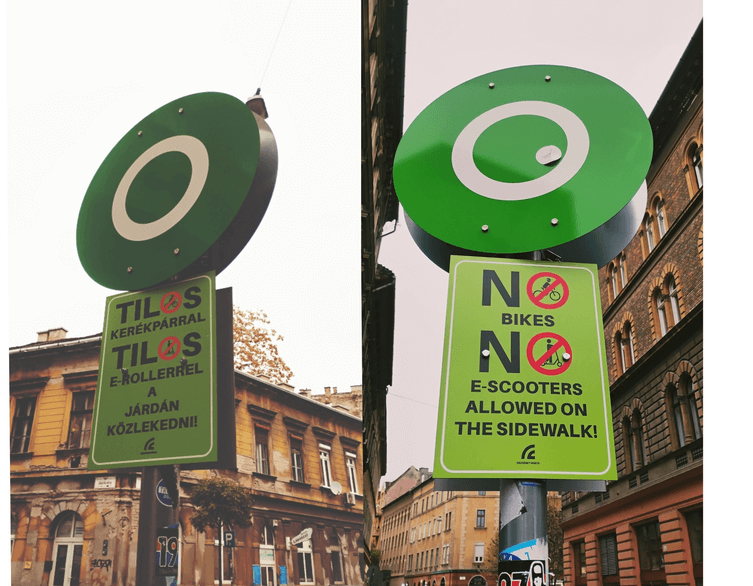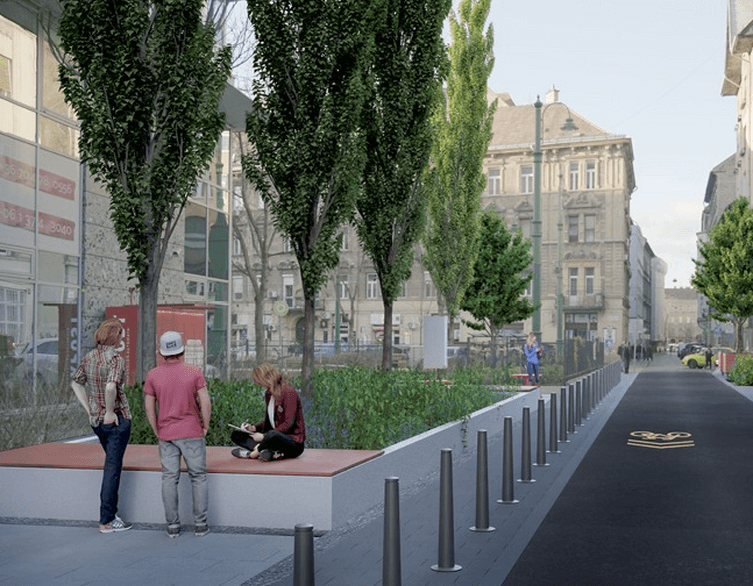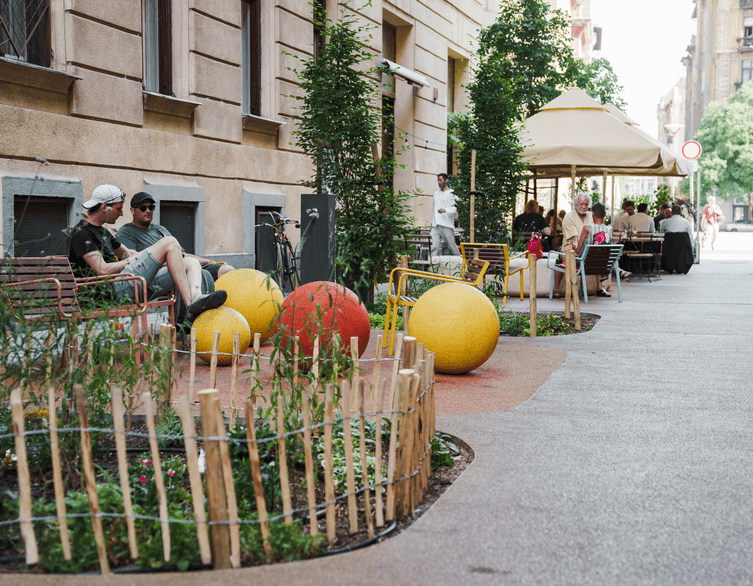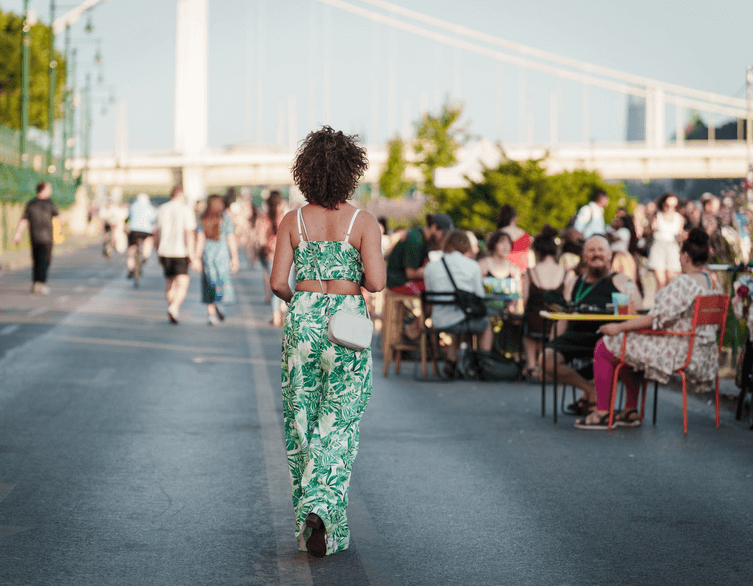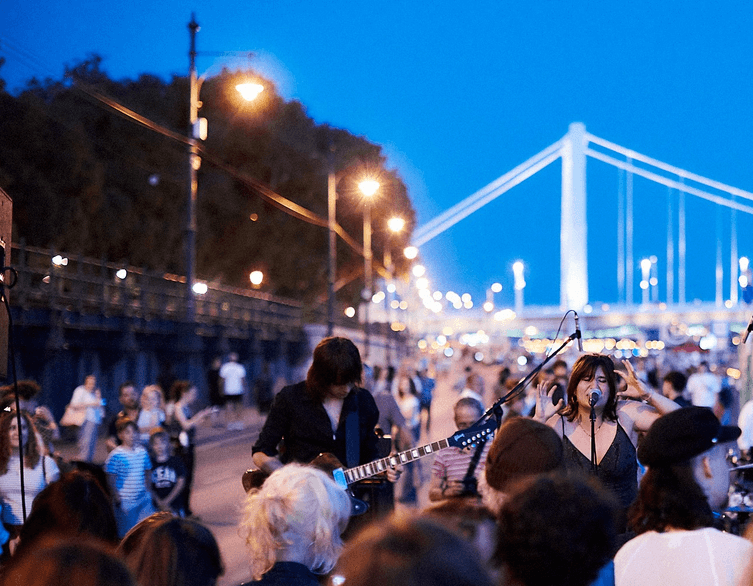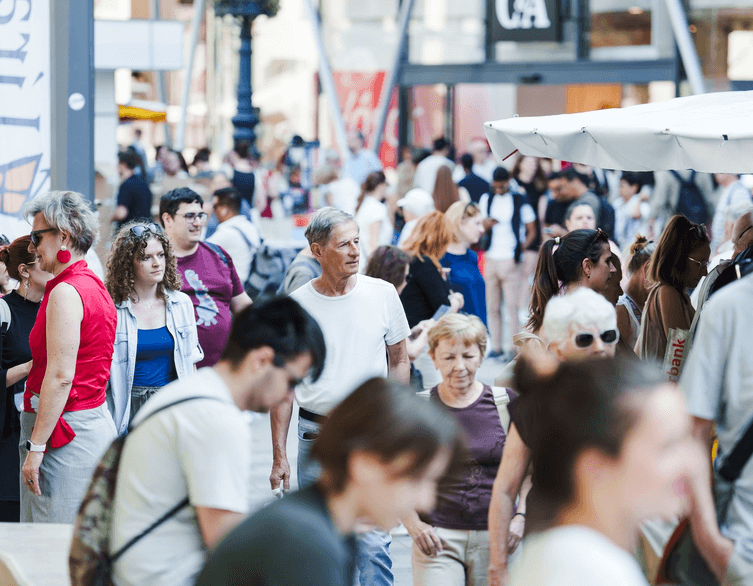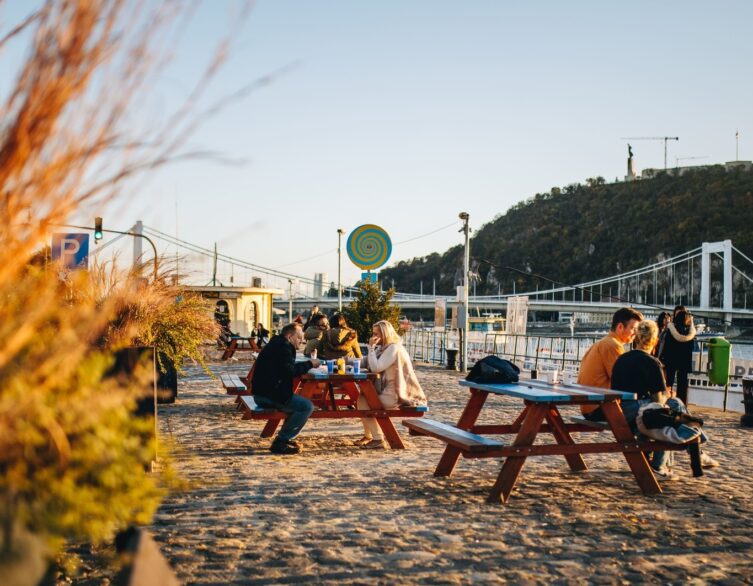Budapest’s Downtown Transforms: New Pedestrian Streets Bring Family-Friendly Freedom to the City Center
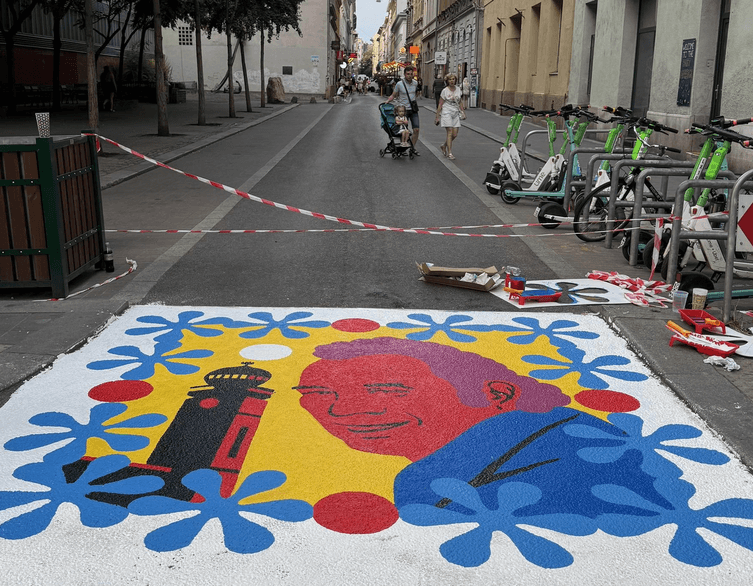
Budapest is rolling out the red carpet for walkers, and the transformation is nothing short of spectacular. Several streets in the downtown area have recently been converted to pedestrian-only zones, creating a network of car-free pathways that are revolutionizing how both locals and tourists experience the Hungarian capital’s historic heart.
A Child-Friendly Vision for Urban Living
The philosophy behind these changes is beautifully simple: a street is only as good as it is for children. This child-centric approach to urban planning recognizes that when families with strollers, young children, and elderly relatives can move comfortably and safely through the city center, everyone benefits. The new pedestrian zones acknowledge what many European capitals have already embraced—that downtown areas should prioritize people over cars.
Where once wheel-clamped vehicles dominated the streetscape, visitors can now stroll alongside flourishing plants and vibrant street art. The transformation is particularly evident on Kazinczy Street, which has evolved into a true pedestrian paradise. Families of five, with the youngest tucked safely in a stroller, no longer hesitate to explore the downtown on foot because they can genuinely move together as a unit.
Creating Connected Walking Networks
The brilliance of Budapest’s approach lies in thinking beyond isolated pedestrian streets to create interconnected walking networks. These thoughtfully planned routes allow couples, friend groups, wheelchair users, and families to comfortably navigate from an ice cream shop to a boutique, or simply wander to a nearby park without constantly dodging traffic or searching for safe crossing points.
Art Meets Urban Planning in Erzsébetváros
The Inner-Erzsébetváros district showcases how pedestrian zones can become canvases for local culture. A striking new street art installation inspired by György Korda’s “Happy Times” album cover now marks the entrance to the pedestrian area on Dob Street. This artistic touch pays homage to the beloved Hungarian singer who spent his childhood at 52 Dob Street in a beautiful three-story neo-baroque apartment building from 1892.

György Korda became an icon twice in Hungarian music history
The title song from the "Happy Times" album
The artwork serves a dual purpose: celebrating local heritage while gently encouraging visitors to slow down and appreciate their car-free surroundings. It’s this kind of thoughtful integration of art and urban design that makes Budapest’s pedestrian zones feel authentic rather than sterile.
A Summer Experiment with Lasting Impact
Since June 22nd, transportation patterns in District VII’s inner areas have undergone dramatic changes. Thanks to initiatives by Colorful Erzsébetváros and the Podmaniczky Movement, multiple street sections now welcome only pedestrians and cyclists. Some streets require special permits for vehicle access, while others have seen their traffic flow directions completely reimagined.
Best deals of Budapest
This summer-long trial period allows city planners to gather real-world feedback from residents and visitors alike. The approach demonstrates Budapest’s commitment to evidence-based urban planning, ensuring that permanent changes will reflect actual usage patterns and community needs rather than theoretical models.
From Csányi Street to Klauzál Square
One of the most charming additions is the checkered tablecloth-patterned street painting that guides pedestrians from Csányi Street directly to the gastronomic delights of Klauzál Square. This playful visual element transforms what could be ordinary pavement into an inviting pathway that beckons food lovers and casual wanderers alike.
Riverside Escape: Jane Haining Embankment’s Summer Transformation
One of Budapest’s most spectacular additions to this pedestrian revolution takes place along the Danube itself. From June 21st through August 15th, the Jane Haining Embankment between Eötvös Square and the Irányi Street exit near Elizabeth Bridge becomes a completely car-free zone. This stretch of prime riverfront real estate transforms from a busy roadway into what locals affectionately call Budapest’s ultimate summer chill-out zone.
What makes this riverside pedestrian zone particularly special is its combination of natural beauty and cultural programming. Weekend visitors can enjoy food vendors, live music performances, and cultural events, all while taking in the world-famous Danube panorama that has captivated travelers for centuries. The embankment features painted picnic tables and public grills, encouraging visitors to make a full day of their riverside experience.
For international tourists, this represents a rare opportunity to experience Budapest’s iconic riverfront without the usual traffic noise and exhaust fumes, creating an almost park-like atmosphere in the heart of the city. What started as a temporary measure in 2020 has evolved into one of Budapest’s most beloved summer traditions, making this year particularly special before major renovations begin under the “Reviving Embankment 2030” project.
A Model for Modern European Cities
Budapest’s pedestrian zone expansion represents more than just traffic management—it’s a statement about urban priorities and quality of life. For tourists, these changes mean safer, more enjoyable exploration of the city’s cultural treasures. Instead of navigating busy intersections and exhaust fumes, visitors can focus on architectural details, street performances, and spontaneous conversations with locals.
The transformation also reflects Budapest’s growing confidence as a world-class destination that prioritizes sustainability and livability alongside tourism appeal. As these summer experiments prove their worth, they’re likely to become permanent features that will define how future generations experience this magnificent city.
For travelers planning their Budapest adventure, these pedestrian-friendly changes open up entirely new ways to discover the city’s hidden corners and vibrant street life, one comfortable step at a time.
Related news



